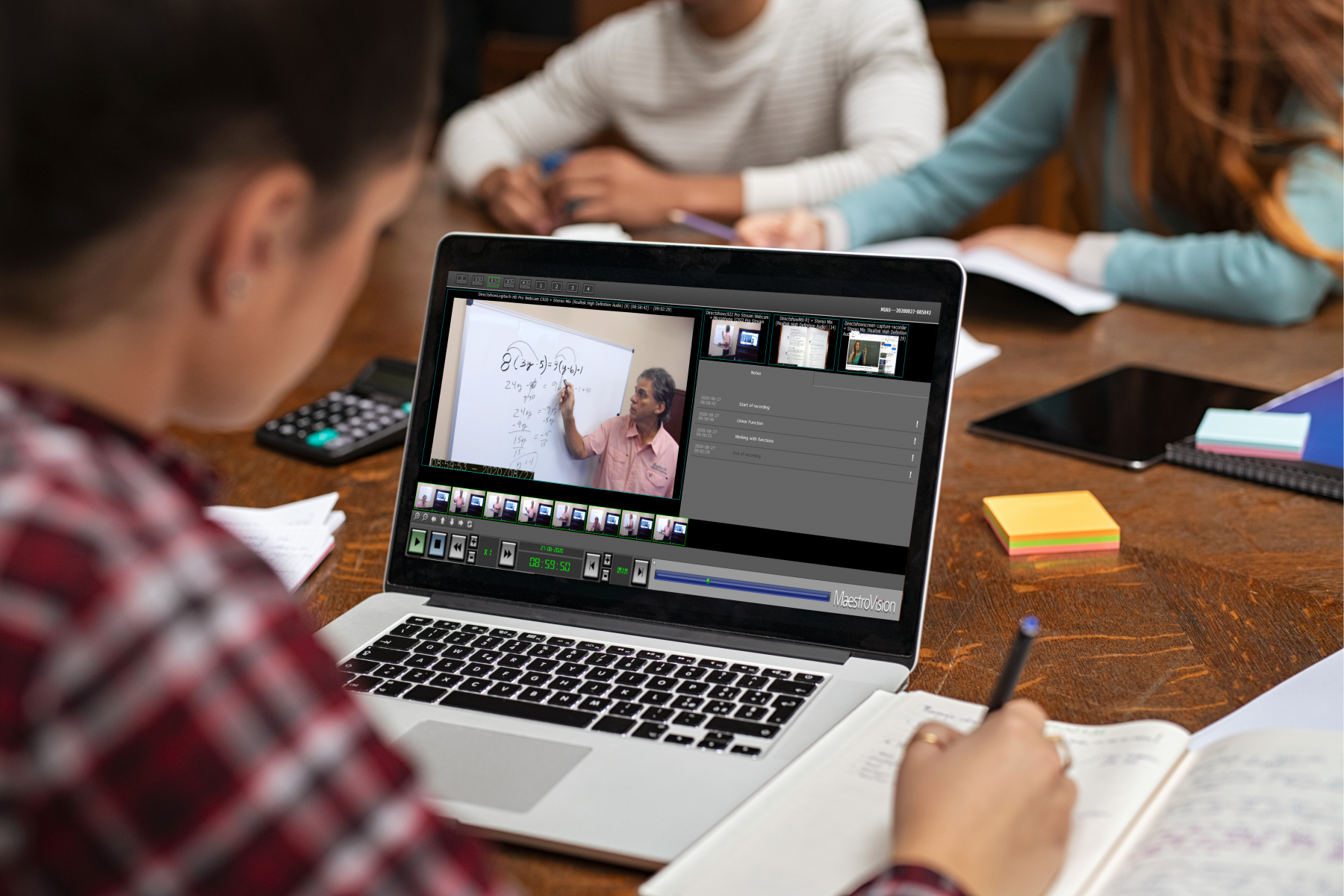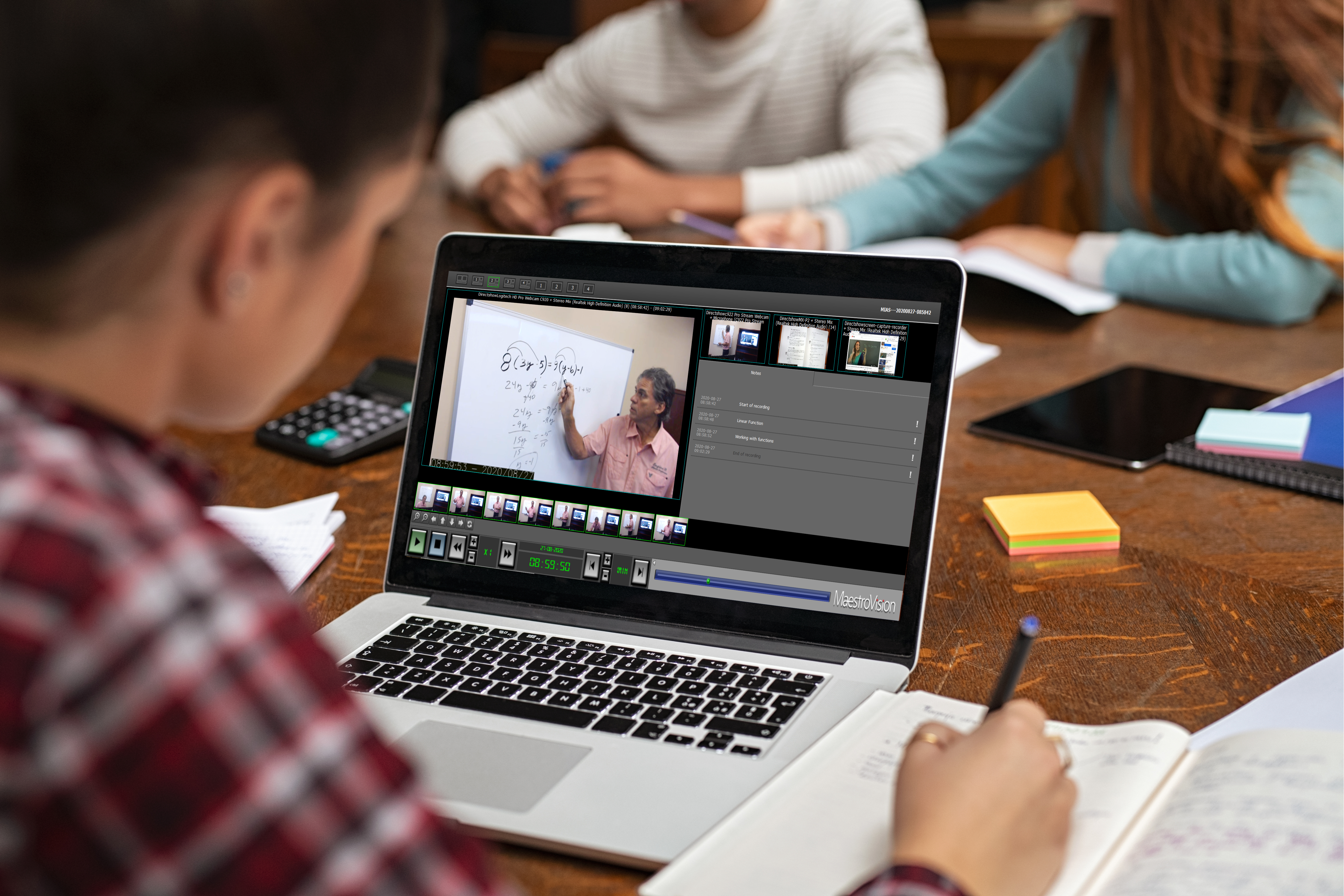
What’s the best use of classroom time?
This is a crucial question for any educator to consider.
Throughout my high school and college educational experience, classroom time was spent learning new lessons via lectures, guided practices, tests, individual and group exercises. I would then leave the classroom and work on my essays, presentations and homework from home. If I had a question, I could visit my professor’s office or email them my questions. However, as a high school student, if a question wasn’t asked in the classroom before an assignment was assigned, I missed my chance for clarification. (I wasn’t provided a method for student-teacher communication outside of the classroom.)
I hadn’t discovered the concept of flipped learning until this year. It’s not surprising considering that in 2012, less than half (48%) of teachers flipped at least one lesson. In 2014, that number was up to 78%.
During my high school years, utilizing a flipped-classroom approach would have been an effective pedagogy for a kinesthetic learner like myself. With educational software and tools consistently evolving and improving, now is the time for educators to evaluate their options for implementing a classroom strategy that works for themselves and of most importantly, their students.
So, what exactly is a flipped classroom? A flipped classroom reverses the roles of learning and execution time (time spent doing activities to demonstrate the student’s knowledge of the lesson). It’s an interactive approach to education.
Why Flip Your Classroom?
If you’re considering giving a flipped-classroom approach a try, here are some benefits you may experience as a result:
1. More class time for hands-on instruction, activities, and discussion.
The less time in the classroom spent lecturing and demonstrating materials, the more time teachers have to engage with students on how to apply the material they’ve already learned.
2. More time in the workweek for lesson planning and strategizing.
According to the Center for American Progress, teachers in the US spend far more time engaged in active instruction than teachers in other high-performing countries. Based on self-reported data, teachers in the United States spend 27 hours teaching out of 45 hours of work per week. With fewer hours in the workweek to focus on upcoming lesson plans, grading, and new ways to engage students in the material. In other words, teachers are working overtime to achieve their class initiatives which results in burnout.
3. Students have the ability to learn lessons on their own time and replay parts of recordings if needed.
I remember feeling too embarrassed to ask for clarification or review when I didn’t understand a portion of my teacher’s lesson and every other student nodded with acknowledgment. With recorded instruction, students can take their time with the material and replay specific instances of a lesson that they need to review. Teachers don’t have to feel rushed with their class time to instruct students and students don’t have to feel rushed or embarrassed when they need more time with the material.
4. Students are more prepared and engaged when coming to class.
According to LearnDash, 9 out of 10 teachers noticed a positive change in student engagement since flipping their classroom (up 80% from 2012).
5. Students can get caught up on a lesson at home.
Gone are the days of asking a classmate to share their notes when students miss a day of class. Students are empowered to watch lessons on their own time to get caught up with the material.
How to flip your classroom
If you’re convinced a flipped classroom will be an effective method for you, here are a few step-by-step guides to making the transition smoothly and effectively:
- Steps to Flipping Your Class by New York University
- Planning a Flipped Lesson: A Step-by-Step Guide by UNT Teaching Commons
Now that you’ve decided to flip your classroom and have a plan in place, let’s talk about the technology that will best support your efforts.
MaestroVision has an affordable classroom recording system where educators can conduct their classes remotely in the classroom or online utilizing their choice of high definition cameras, monitors, and projectors. The application allows instructors to incorporate a variety of media (books, videos, worksheets, etc.) in their lesson. Students can engage in a flipped classroom, replay, or watch live lectures from any device. Even if they’re not physically present in the classroom, students will receive the same interactive and engaging experience.
Typically virtual education software is expensive because systems have to be adopted by entire educational institutions with centralized costly storage fees. The best part of MaestroVision is its affordability – each individual educator can invest in his/her own technology for a small monthly fee of $150.
Here comes the best part – for a limited time, MaestroVision is offering a free classroom recording application containing all features and functionalities with the only limit being 1 hour of recording capacity at a time.
Author
 Claude Turcotte President of MaestroVision
He started his career as a broadcast engineer specialist working for a broadcast product manufacturer. In 1998, Claude saw an opportunity to develop an application that revolutionizes the way high quality video signals are recorded, shared and managed in the broadcast industry and thus MaestroVision was born. |

